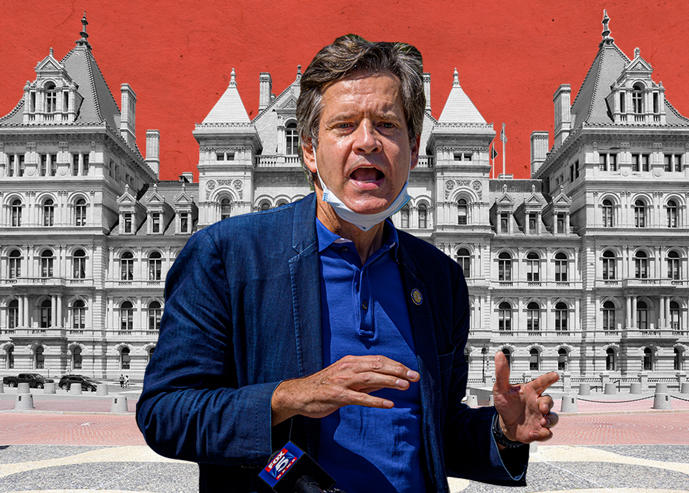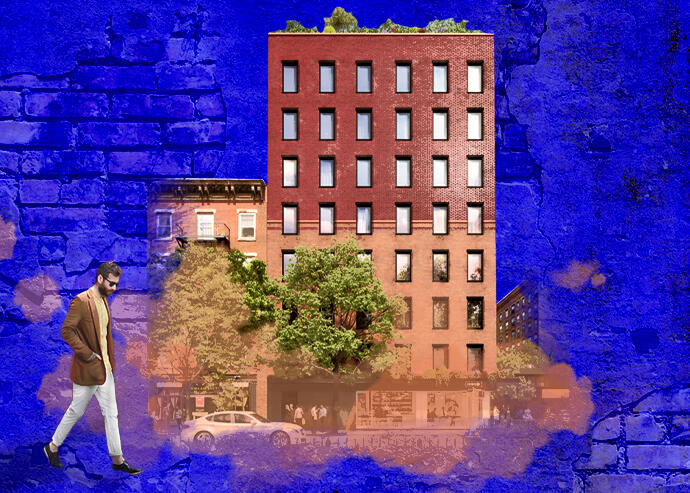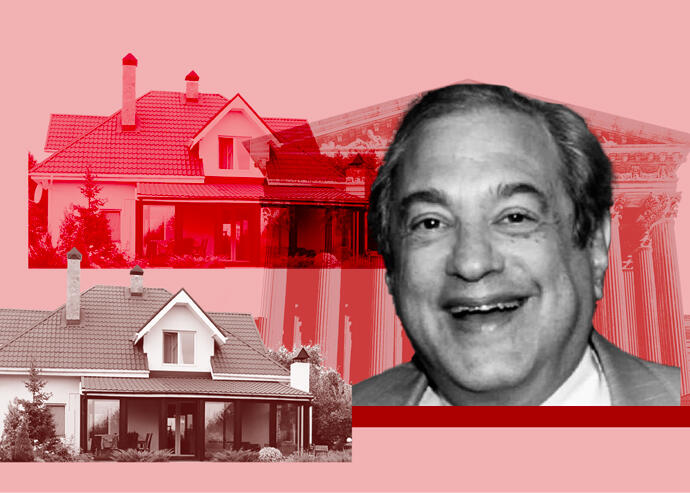
Pied-a-Terre Tax May Pass in Albany in 2020
A proposed pied-à-terre tax has taken a step forward in Albany, as the Assembly and Senate versions of the bill have been made identical.
therealdeal.com
Bills in the Assembly and Senate now match, and the state’s broke
As if New York City’s real estate industry didn’t have enough to worry about, a proposed pied-à-terre tax has taken a step forward in Albany.
The bill’s sponsors have overcome a technical issue involving co-ops that largely prevented the tax from being approved last year. And the Assembly and Senate versions of the bill have been made identical, meaning if they pass, they would go to Gov. Andrew Cuomo’s desk to be signed into law or vetoed.
The measure would hike property taxes for high-value second homes in New York City by varying amounts for one- to three-family homes with market values exceeding $5 million and condos and co-ops with assessed values over $300,000. (Assessed values are typically much lower than market values.)
The proposal made it to the state legislature’s runway last year but failed to take off, in part because lawmakers could not fix the co-op glitch: A co-op building pays a single property tax bill, but the pied-à-terre surcharge is supposed to apply to specific owners.
Lawmakers including Senate bill sponsor Brad Hoylman apparently would overcome that by having co-ops collect extra money from absentee owners of pricey units and pass the money along to the state.
If deemed unworkable, that could remain the legislation’s Achilles’ heel, but there is another reason it might pass this year: The state desperately needs money.
Cuomo was looking for $15 billion in federal aid to close the massive budget deficit opened up by the pandemic shutdown, but got zero, and now Congress has adjourned through Labor Day. At some point the state will start running out of cash to pay its bills, and Assembly Speaker Carl Heastie and Senate Majority Leader Andrea Stewart-Cousins have said they are open to tax increases. “If we don’t get the money from Washington, we’re going to have to look to our own tax base,” Hoylman recently told City & State.
The Metropolitan Transportation Authority, meanwhile, needs about $12 billion to keep trains and buses running. The transit system’s need for capital funding was the impetus for the pied-à-terre tax last year, when New York was humming. Now its economy is a wreck.
That fact will likely be the crux of the real estate industry’s argument not to raise taxes on non-primary residences, should hearings be scheduled on the measure. The business community always cites economic downturns as the wrong time for tax hikes, claiming they will make a bad situation worse. (During good times, the community usually argues that a new tax will stop the economy’s momentum.)
“New York City lost population for three years straight before the pandemic and now it has lost an additional 5 percent of its population during the pandemic,” said James Whelan, president of the Real Estate Board of New York, which opposes the tax. “Unemployment is near Great Depression levels. The last thing we need to do is to give people one more reason not to invest in New York City.”
Another reason for the industry to be hopeful is that Cuomo has resisted the idea of raising taxes in response to the pandemic — and, indeed, throughout his 10 years as governor.
But Cuomo has specifically opposed raising state income taxes, saying that would cause people to change their primary residences to other states. He also is fond of saying that New York’s income-tax rates in every bracket are lower than when he became governor in 2011. Those arguments do not apply to the pied-à-terre tax.
The bill being considered would impose a tax of 0.5 percent to 4 percent on home market values above $5 million. For condos and co-ops, the tax would be 10 percent to 13.5 percent on assessed values above $300,000.
The tax would reduce the sale price of expensive units, which has already fallen markedly over the past three years. One source said it might mean a developer such as Gary Barnett might get $18 million instead of $20 million for a luxury condo unit — an estimate that roughly matches that of some analyses. That is the kind of result that would bother precious few state lawmakers.
Nonetheless, real estate players have portrayed the tax in dire terms. In fact, as an alternative last year they proposed an increase in transfer taxes — which are one-time levies, rather than annual ones like the pied-à-terre tax would be.
Albany lawmakers went for it. But with the state’s politics continuing to shift leftward, it is unclear if they would do so again.

